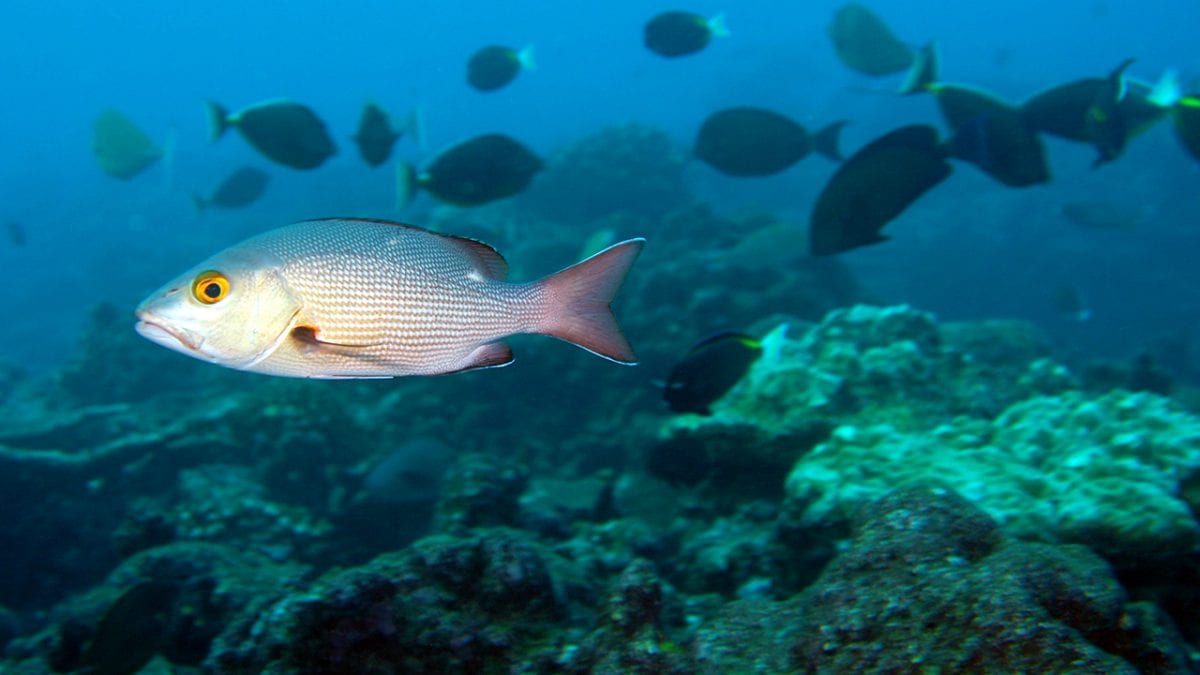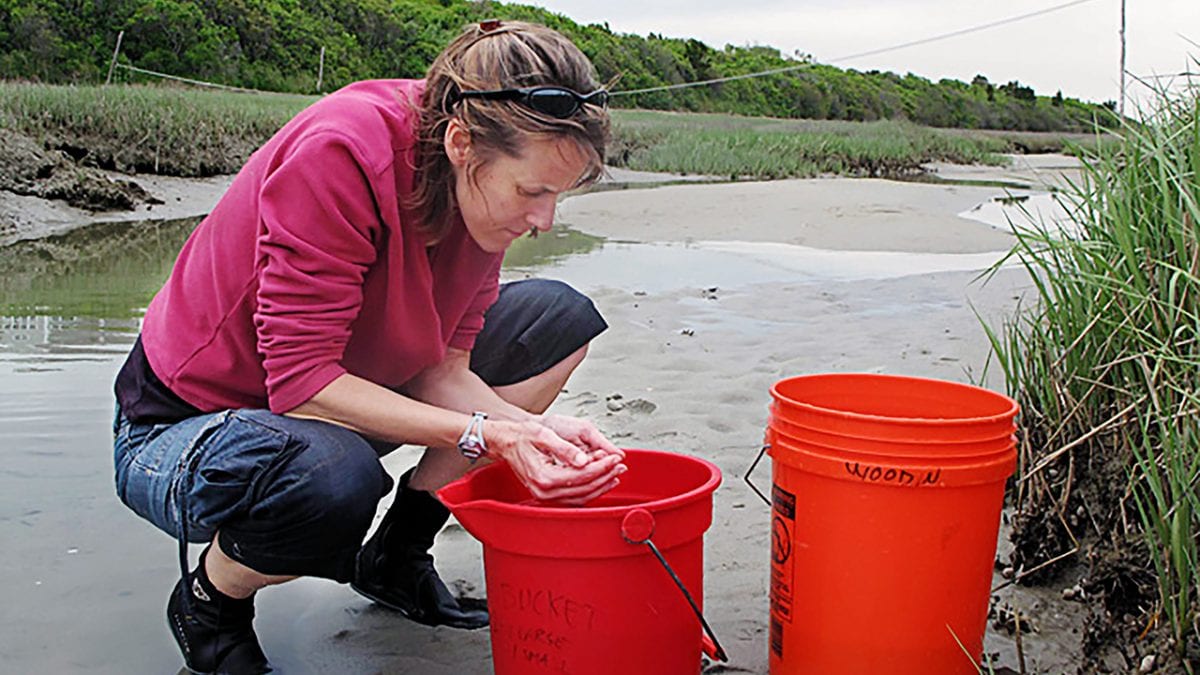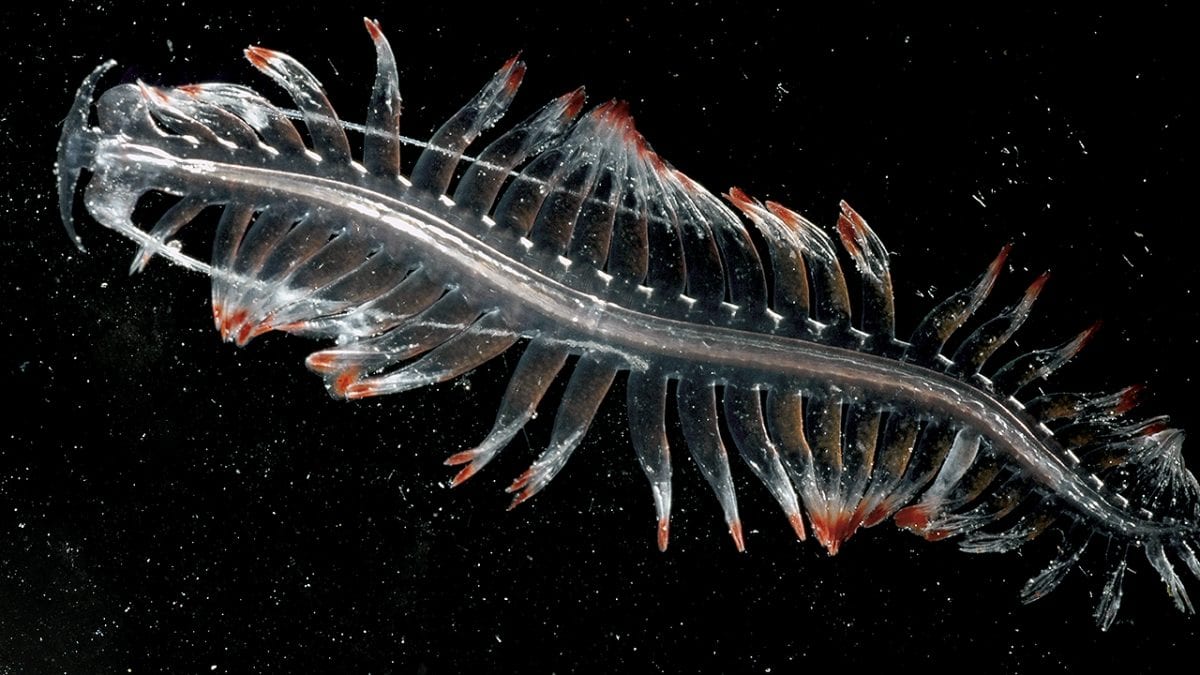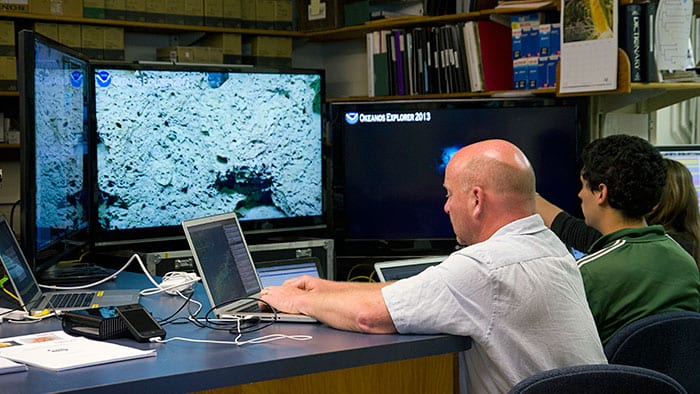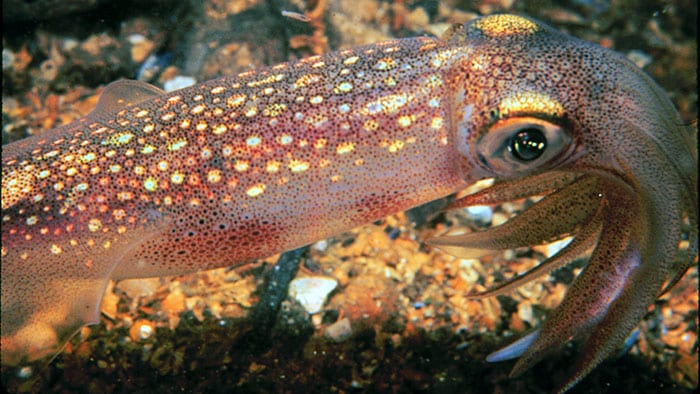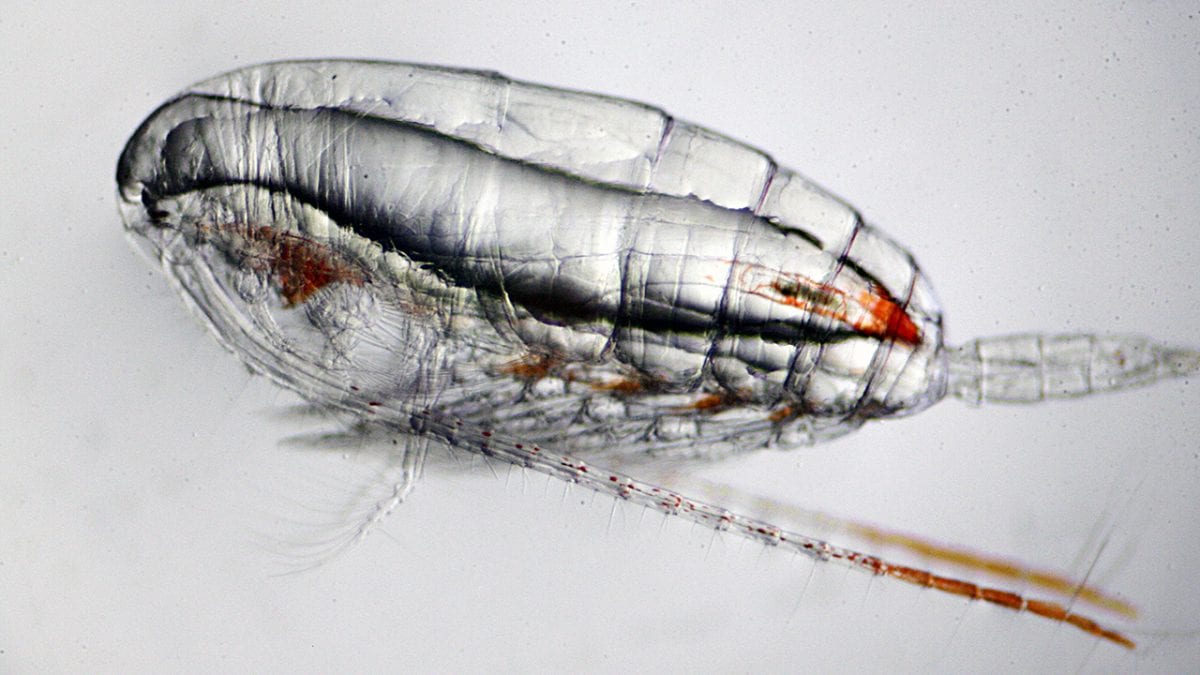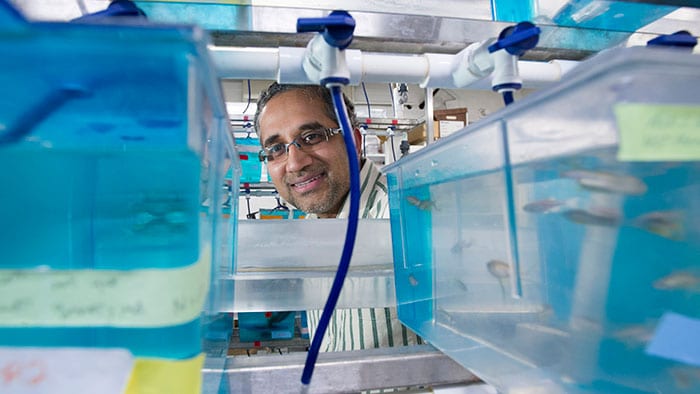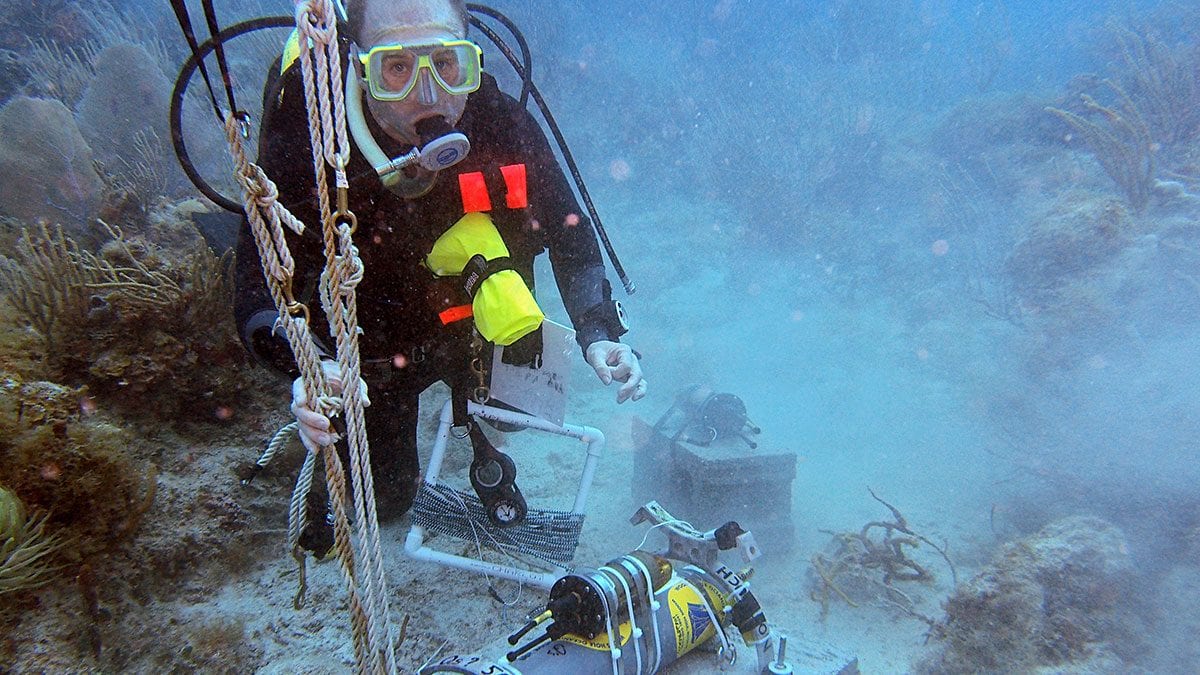 Coral reefs are home to 25 percent of marine life, but are suffering due to warming ocean temperatures. WHOI biologist Aran Mooney is shown here with an underwater recorder, which he is using to collect sounds at reefs in the U.S. Virgin Islands – sounds that help paint a picture of reef diversity and health. (Photo by Max Kaplan, Woods Hole Oceanographic Institution)
Coral reefs are home to 25 percent of marine life, but are suffering due to warming ocean temperatures. WHOI biologist Aran Mooney is shown here with an underwater recorder, which he is using to collect sounds at reefs in the U.S. Virgin Islands – sounds that help paint a picture of reef diversity and health. (Photo by Max Kaplan, Woods Hole Oceanographic Institution)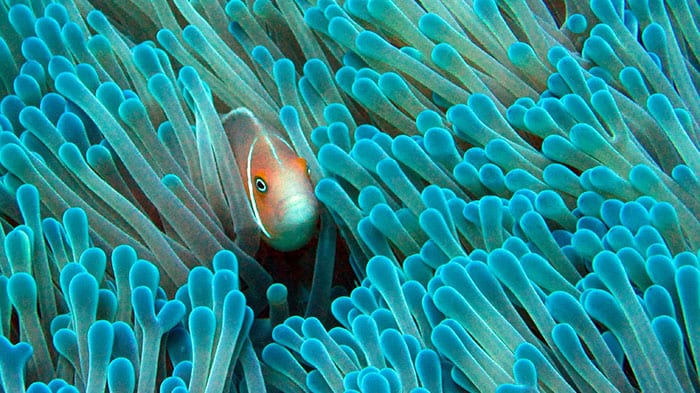 A clownfish finds refuge in an anemone in the Phoenix Islands Protected Area (PIPA), one of the world’s largest marine protected areas. Because of its remote location, PIPA is used as a benchmark to measure the effects of global environmental change, such as warming and ocean acidification, on ecosystems worldwide. (Photo by Hanny Rivera, Woods Hole Oceanographic Institution)
A clownfish finds refuge in an anemone in the Phoenix Islands Protected Area (PIPA), one of the world’s largest marine protected areas. Because of its remote location, PIPA is used as a benchmark to measure the effects of global environmental change, such as warming and ocean acidification, on ecosystems worldwide. (Photo by Hanny Rivera, Woods Hole Oceanographic Institution)- Coral reef ecosystems in the Phoenix Islands Protected Area (PIPA) like this one are an iconic sight, but corals also exist in places and forms less idyllic. Some thrive in deep water far from the reach of sunlight, while others dwell in the murky waters near the mouths of rivers. (Photo by Larry Madin, Woods Hole Oceanographic Institution)
- WHOI biologist Ann Tarrant collects animals from a salt marsh in Woods Hole, Massachusetts. Tarrant studies the “internal clocks” of these invertebrate animals and the genes they use to respond to environmental factors in order to understand basic questions about how these systems have evolved. (Photo courtesy of Ann Tarrant, Woods Hole Oceanographic Institution)
- Scientists came across this glassy planktonic worm (genus Tomopteris, meaning “cut wings”) in the Southern Ocean near Antarctica. A relative of earthworms, it swims through the water in serpentine curves to hunt smaller animals. When threatened, this animal releases bioluminescent yellow clouds, an unusual color for sea creatures. (Photo by Larry Madin, Woods Hole Oceanographic Institution)
- WHOI biologist Tim Shank and then-MIT-WHOI Joint Program student Santiago Herrera watch live seafloor video from their lab during a 2013 cruise on the NOAA ship Okeanos Explorer, which explored deep canyons off the Northeast U.S. By serving as the ship’s “shore-side lead scientist,” Shank helped discover deep coral ecosystems in several canyons. (Photo by Tom Kleindinst, Woods Hole Oceanographic Institution)
- Squids like this Dortyteuthis pealeii are common prey for many fish, whales, and even humans. WHOI researchers investigate how whales use sonar to find squid and whether squid detect hunting whales. For example, biologist Aran Mooney studies how ocean acidification affects squids’ ability to swim, reproduce and avoid predation. (Photo courtesy of Aran Mooney, Woods Hole Oceanographic Institution Archives)
- People seldom see these tiny marine crustaceans, or copepods, but they may be the water’s most abundant animals. Copepods are a vital link in ocean food chains and are home to a variety of bacteria. MIT-WHOI Joint Program student Amalia Aruda Almada recently conducted a study of copepods and their bacterial “microbiomes.” (Photo by Ann Tarrant, Woods Hole Oceanographic Institution)
- WHOI biologist Neel Aluru and his lab members study zebrafish to understand how early exposure to chemicals causes disease in adulthood. In 2015, Aluru received an Outstanding New Environmental Scientist award from the National Institute of Environmental Health Sciences (NIEHS) in recognition of his commitment to understanding how environmental exposure affects human health. (Photo by Tom Kleindinst, Woods Hole Oceanographic Institution)
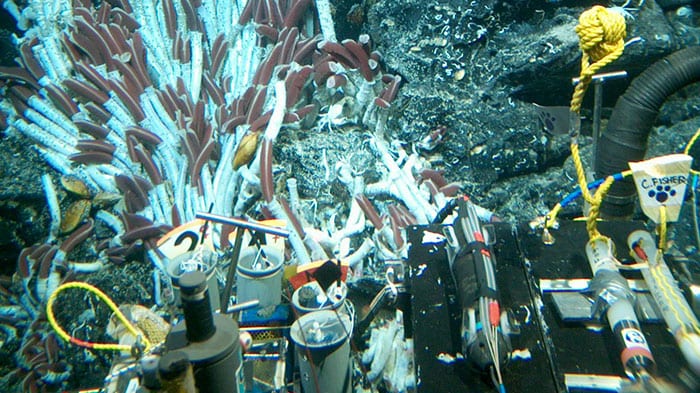 This photo of tubeworms was taken in the East Pacific Rise at a depth of 8,200 feet (2,500 meters) from the human occupied vehicle Alvin. The tubeworm’s red plumes act as gills to absorb hydrogen sulfide from the hydrothermal vents it lives in, which bacteria in the organism’s gut use to create energy. (Photo courtesy of Woods Hole Oceanographic Institution Archives)
This photo of tubeworms was taken in the East Pacific Rise at a depth of 8,200 feet (2,500 meters) from the human occupied vehicle Alvin. The tubeworm’s red plumes act as gills to absorb hydrogen sulfide from the hydrothermal vents it lives in, which bacteria in the organism’s gut use to create energy. (Photo courtesy of Woods Hole Oceanographic Institution Archives)
Image and Visual Licensing
WHOI copyright digital assets (stills and video) contained on this website can be licensed for non-commercial use upon request and approval. Please contact WHOI Digital Assets at images@whoi.edu or (508) 289-2647.
